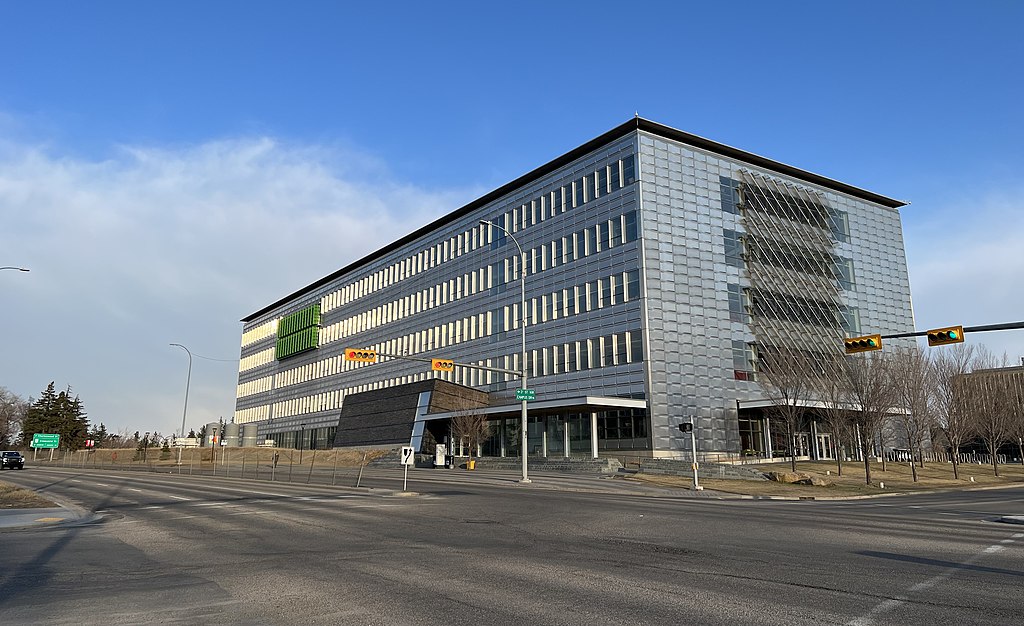
The Energi Simulation Centre for Geothermal Systems Research at the Schulich School of Engineering in the University of Calgary, Canada has received funding for a four-year, $3-million project that focuses on understanding and improving processes in capturing heat for geothermal systems.
The funding comes from the Natural Science and Engineering Research Council of Canada (NSERC) and Mitacs, in collaboration with Ashaw Energy, ConocoPhillips, KALiNA Distributed Power, Suncor, Telsec and Terrador Energy, and in partnership with the Alberta Energy Regulator, Alberta Geological Survey, and the Geological Survey of Canada.
Dr. Apostolos Kantazs, Dr. Roman Shor, and Dr. Steven Bryant, all PhD, are responsible for the project. “Geothermal energy truly is a transdisciplinary energy source and this partnership, which now includes a technology provider, a property developer, a geothermal company, and oil and gas companies, promises to push geothermal to the next level,” said Shor.
The project was initiated with KALiNA Distributed Power, the developer of the KALiNA Cycle, a technology for use in harvesting energy from low-grade thermal energy sources. “We are thrilled to be working with the University of Calgary’s Department of Chemical and Petroleum Engineering in finding innovative ways to utilize the tremendous sources of existing industrial waste heat in Alberta and transforming it into valuable zero-emissions energy,” says KALiNA Executive Director Ross MacLachlan.
The Energi Simulation Centre for Geothermal Systems Research was established in 2022 by Canada-based not-for-profit Energi Simulation to support, expand, and develop new projects in the broader geothermal systems space.
The specific research project is focused on reducing the emissions of waste heat from industrial processes while also improving the efficiency of geothermal systems. “Whenever something needs to be cooled, it inherently creates a source of waste heat, and, in many industrial applications, this heat typically goes into a heat exchanger with a fan or chiller,” says. Dr. Kantzas, the project’s primary investigator. “Capturing this heat is similar to how heat is captured and used in traditional geothermal systems, but in a new and innovative way.”
“We can use our strong understanding of thermal energy flow in a sedimentary reservoir to understand geothermal reservoirs,” added Shor. “We can make improvements in how we measure thermal energy flow, and we can expand our knowledge to also include thermal energy flow in basement rock like granite.”
The project team also aims to help improve the public perception of geothermal energy and how it works. “We’re hoping to improve the dialogue between regulators, policy-makers and industry developers to facilitate project development, and we have already made some good inroads,” says Shor. This will be done through pilot and demonstration projects, developed with industry partners.
The research team is already engaging with The City of Calgary, as well as other communities around Southern Alberta including Banff, Canmore and the Municipal District of Bighorn, to help educate about the potential of thermal energy that would otherwise be wasted.